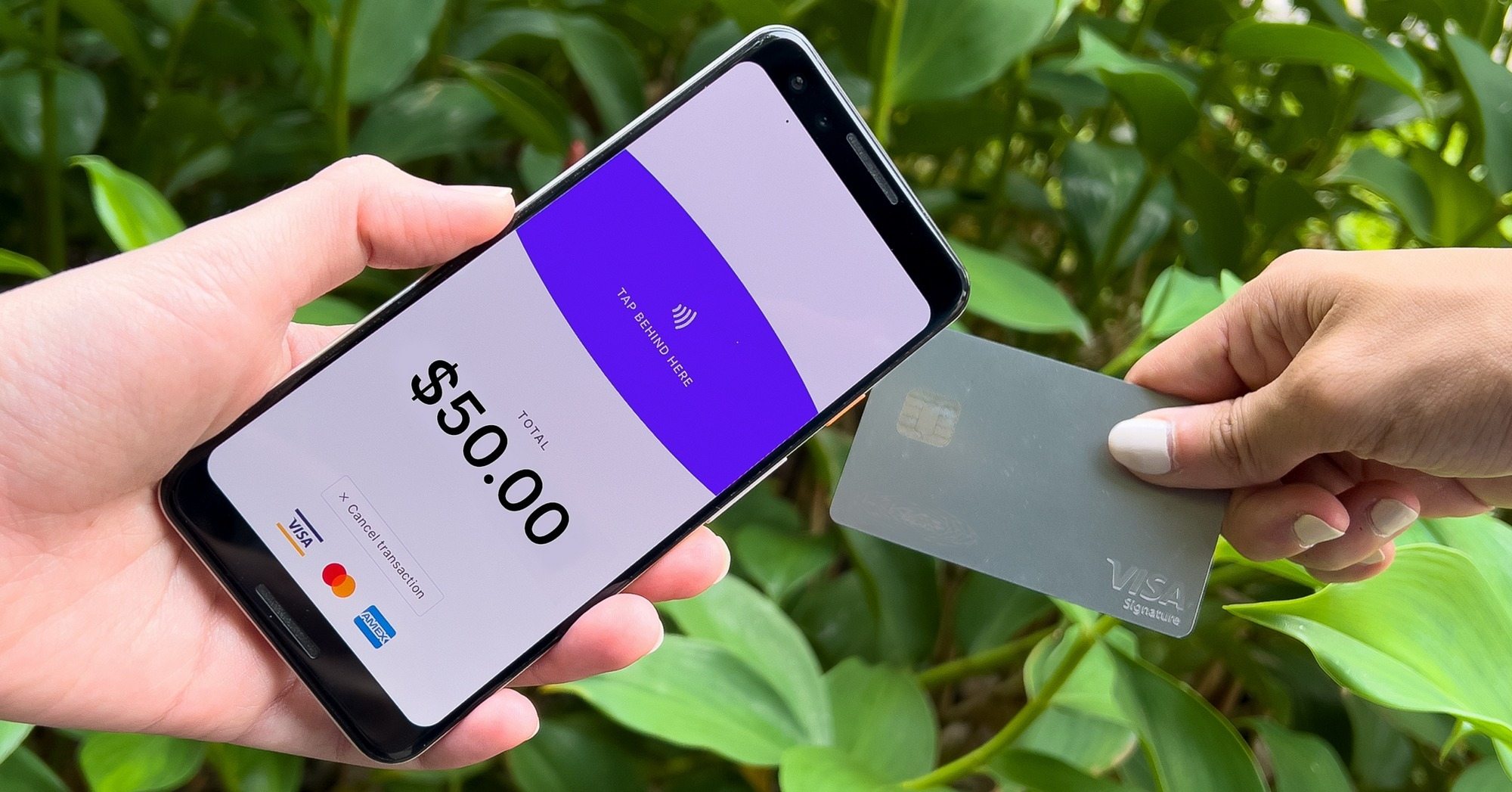
Processing a credit card payment over the phone can be a convenient and efficient way for businesses to accept payments from customers. Whether you run a small business or provide services remotely, being able to accept credit card payments over the phone expands your payment options and increases your revenue potential.
In this article, we will guide you through the process of accepting credit card payments over the phone, ensuring a secure transaction and providing a seamless experience for your customers. We will cover everything from choosing a payment processor to verifying the customer’s card information and completing the transaction.
So, whether you’re new to phone payments or looking to optimize your existing process, keep reading to learn how to process a credit card payment over the phone and boost your business’s bottom line.
Inside This Article
Conclusion
In conclusion, processing credit card payments over the phone can be a convenient and secure way to accept payments from customers. With the right tools and processes in place, businesses can effectively handle transactions and provide a seamless payment experience for their customers.
By following the steps outlined in this article, you can confidently process credit card payments over the phone and ensure the security and privacy of your customers’ information. Remember to always adhere to PCI-DSS guidelines and use secure payment gateways to protect sensitive cardholder data.
Offering phone payment options can broaden your customer base and improve your revenue stream, as it allows customers to make purchases even when they are unable to visit your physical store or access your website.
Now that you have a clear understanding of how to process credit card payments over the phone, you can streamline your payment process and provide exceptional service to your customers.
FAQs
1. Can I process a credit card payment over the phone?
Yes, you can absolutely process a credit card payment over the phone. Many businesses and organizations offer this convenience to their customers. It allows you to securely collect payment information and complete transactions without the need for face-to-face interactions.
2. What information do I need to process a credit card payment over the phone?
To process a credit card payment over the phone, you will typically need the customer’s credit card number, expiration date, CVV (Card Verification Value) code, and the billing address associated with the card. It’s crucial to ensure that you handle this information with the utmost care and follow security protocols to safeguard your customers’ data.
3. How can I ensure the security of credit card information during a phone payment?
To ensure the security of credit card information during a phone payment, you should follow specific best practices. Firstly, use a secure and trusted payment gateway or Virtual Terminal that encrypts the data during transmission. Secondly, avoid writing down the credit card details or storing them on your systems after the transaction is complete. Lastly, train your staff on proper handling procedures and emphasize the importance of privacy and data protection.
4. Are there any additional fees associated with processing credit card payments over the phone?
There may be additional fees associated with processing credit card payments over the phone, depending on the payment service provider or merchant account provider you use. It’s essential to review and understand the fee structure before implementing phone payment processing. Some common fees include transaction fees, monthly fees, and chargeback fees.
5. What are the advantages of processing credit card payments over the phone?
Processing credit card payments over the phone offers several advantages. Firstly, it allows for convenient and secure transactions without the need for physical interaction. This is especially useful for businesses with remote or mobile operations. Secondly, it expands your customer base by accommodating those who prefer phone payments or may not have access to online payment methods. Lastly, it helps streamline your payment processing workflow and can enhance customer satisfaction.
